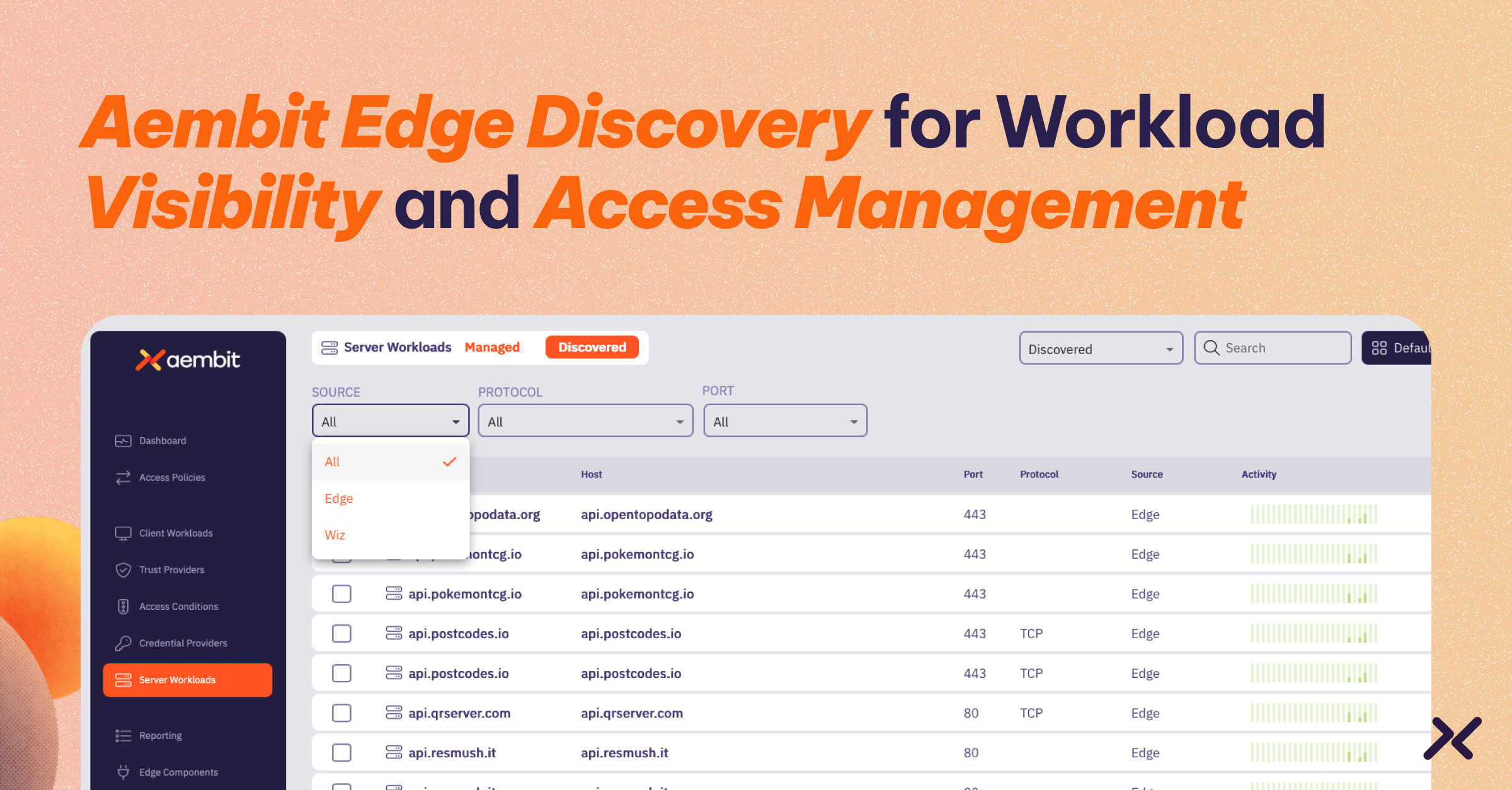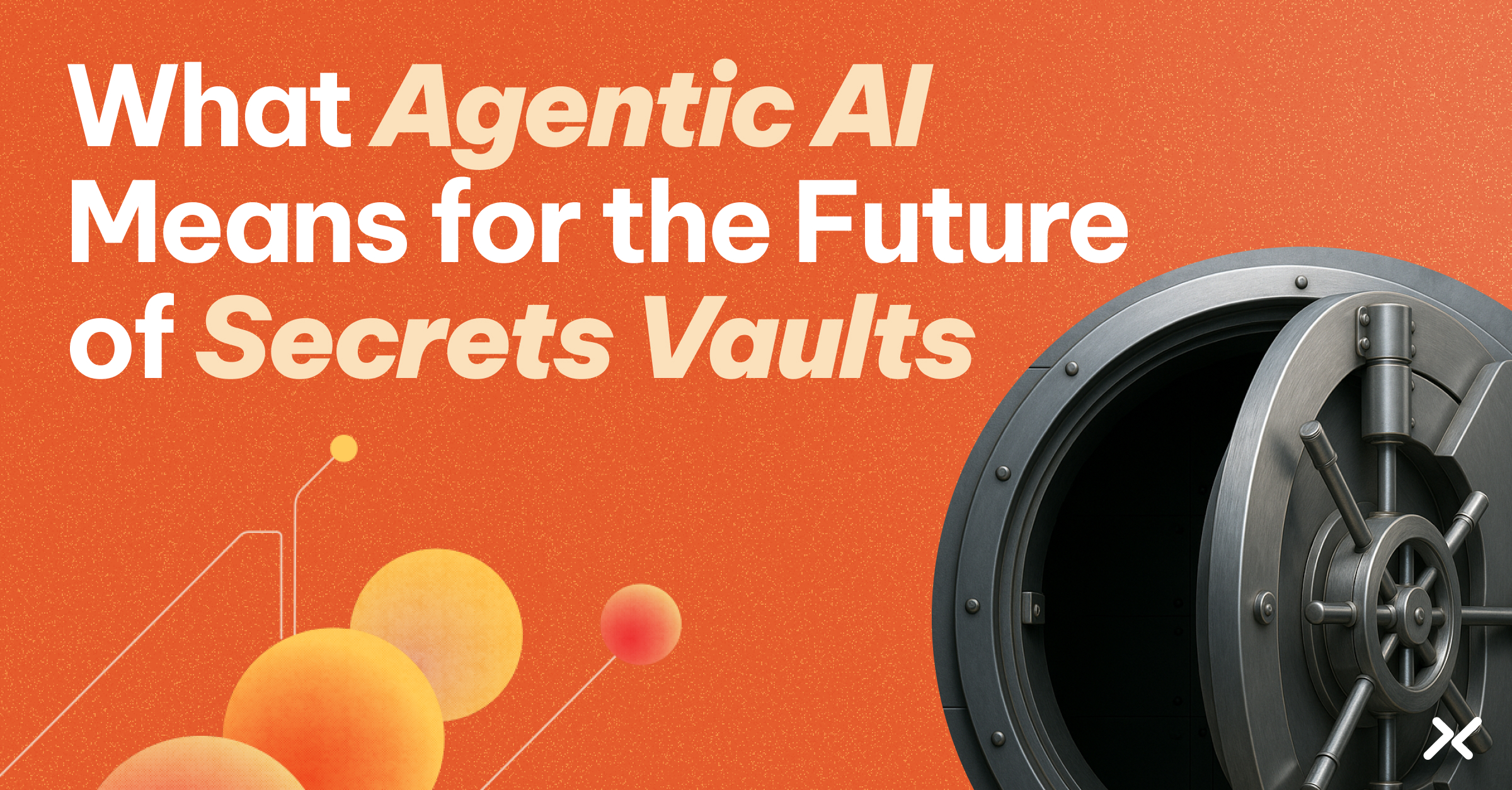Software workload identities – like those used by applications, scripts, and services – are becoming hot targets for cyber attackers. Unlike user identities, these non-human identities often have broad, automated access to critical systems and data, making them highly valuable for malicious actors.
Attackers seek these credentials because they can provide a stealthy pathway into an organization’s core infrastructure, potentially allowing unauthorized access to sensitive information, disruption of services, or even control over entire systems. The growing complexity of IT environments and the proliferation of automated processes have made managing and securing these identities a formidable challenge, underscoring the urgent need for robust security measures.
The Growing Risk of Workload Identity Compromises
How are most organizations handling this situation? Often by stitching together multiple tools: Cloud IAM works for a single cloud but falls short for multi-cloud, SaaS, or on-prem. Secrets managers can store secrets, but are unable to verify workload identities or enforce conditional access before they reach your secrets.
These issues often force companies to create custom solutions, making it harder to manage existing infrastructure. This patchwork approach can lead to security gaps, tool overload, context-switching fatigue, and a lot of manual work just to keep things running.
Because of the rapid rise of workload identities and the means by which they are being secured, examples of real-world breaches are becoming more common by the day. As Aembit Co-Founder and CTO Kevin Sapp referenced in the above video, file-hosting service Dropbox is a victim, recently revealing that its Dropbox Sign service was compromised. Intruders exploited an automated system configuration tool, gaining access to a privileged service account in the production environment. This breach exposed critical data, including customer emails, usernames and phone numbers, as well as hashed passwords, API keys, OAuth tokens, and MFA details.
While Dropbox confirmed that no documents or payment information were accessed, they responded quickly by resetting passwords, logging out users, and rotating API keys. The company is conducting a forensic investigation and informing affected users with protective measures and further instructions.
How Aembit Workload IAM Can Prevent Breaches Like Dropbox
1) Secretless Authentication
The Aembit Edge proxy, part of the Aembit Workload IAM Platform, can manage connections without exposing secrets like passwords or tokens directly to applications. This could have prevented the exposure of API keys and OAuth tokens in the Dropbox breach. By mediating connections and injecting credentials only when needed, Aembit significantly reduces the risk of these credentials being compromised.
2) Centralized Credential Management
Aembit’s system for managing credentials includes automatic rotation and updating of short-lived access credentials. This feature could have quickly invalidated compromised credentials, potentially limiting unauthorized access and mitigating damage.
3) Audit and Logging
Aembit’s centralized logging for all access and authentication requests provides detailed auditing capabilities. This could help detect unusual behavior or unauthorized access patterns early, allowing for swift action to address potential security issues.
4) Zero Trust Architecture Integration
Aembit’s solution aligns with Zero Trust security principles, requiring verification for every access request, regardless of its origin. This added layer of security could have prevented compromised accounts from exploiting their access privileges.
Conclusion
The Dropbox breach – and incidents like it – highlight the need for more mature digital identity and access management solutions like Aembit. By integrating Aembit’s secretless authentication and automated credential management, organizations can significantly reduce the risk of credential theft and misuse.
Aembit’s approach of keeping sensitive credentials away from direct application access and automating their rotation offers a strong defense against attacks that exploit static or poorly managed credentials.
To learn more how Aembit can help automate your operations safely by securing application access to partners, customers, and clouds, visit aembit.io.




